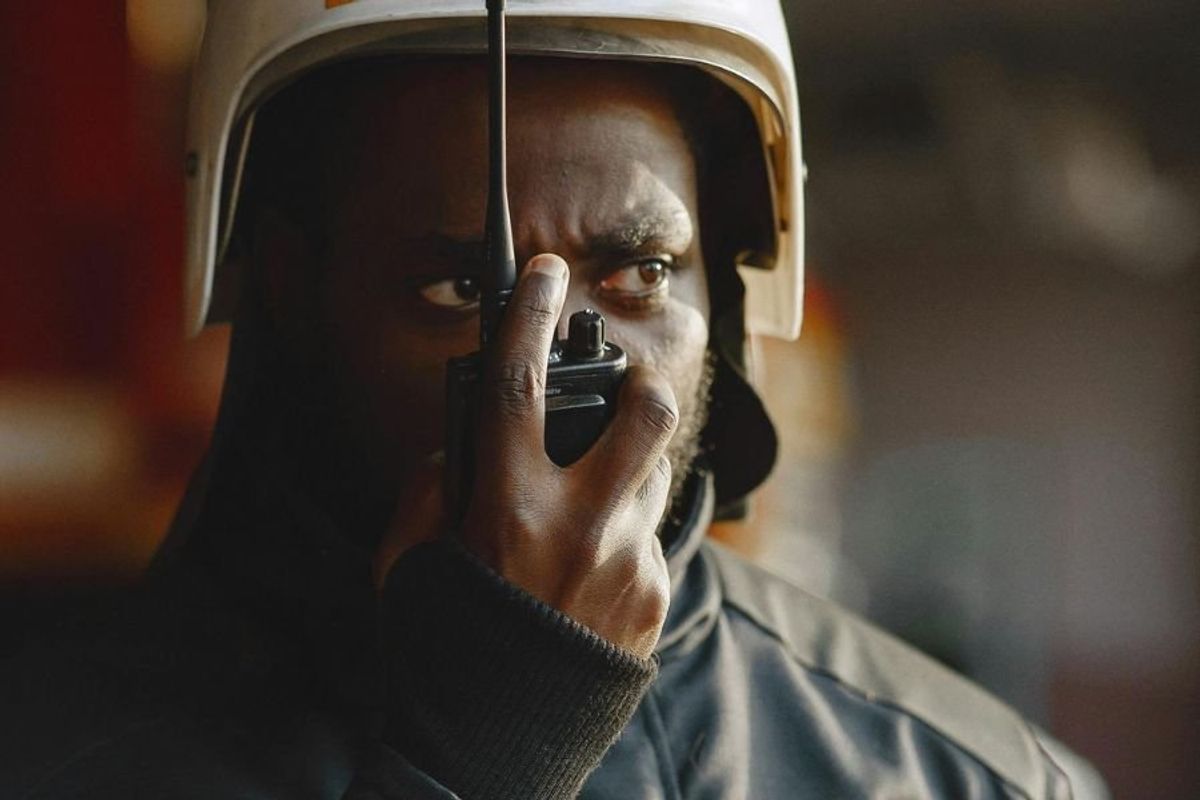
As more details of the Francis Scott Key Bridge collapse in Baltimore emerge, it’s becoming more apparent how much worse this catastrophe could have been.
Just minutes before 1:30am on March 26, shortly after leaving port in Baltimore Harbor, a cargo ship named Dali lost power and control of its steering, sending it careening into a structural pillar on Key Bridge. The crew of the Dali issued a mayday call at 1:26am to alert authorities of the power failure, giving responders crucial moments to prepare for a potential collision. Just 90 seconds later, the ship hit a pylon, triggering a total collapse of the 1.6-mile bridge into the Patapsco River.
Dispatch audio of those moments shows the calm professionalism and quick actions that limited the loss of life in an unexpected situation where every second counted.
In the recording of the conversation, we can hear authorities and responders quickly putting out a call to stop traffic onto the bridge and assessing what construction crew might be working on the bridge. No one knew that the entire bridge was going to collapse into the harbor, only that a possibility for collision was present. As one officer plans to drive onto the bridge to alert the construction workers, a voice announces, “The whole bridge just fell down. Start, start whoever, everybody … the whole bridge just collapsed.”
Listen:
It had to have been surreal to witness the bridge collapsing in its entirety. In the initial news reports it was unclear how much warning had been received, and at first it was feared that passengers traveling across the bridge may have fallen into the water. But as we gained a clearer picture of the moments before the accident, it’s clear that the everyday workers in the harbor and the first responders who were nearby to receive instruction did everything they could, and their calm professionalism and quick actions saved lives.
As we go about our daily lives, it’s easy to forget that there are countless workers who are chugging away behind the scenes to keep things running smoothly. Our systems of transportation, our supply chains, the safety of our roads and bridges—all of these things require people to be on the job, doing what needs to be done, establishing, maintaining and following protocols that keep all the moving parts harmonized. When it’s done well, we don’t even notice it—their work becomes invisible.
But when something goes wrong, when a wrench gets thrown into the system—like a massive, unsteerable cargo ship about to crash into a bridge—we see how valuable those systems are and how regulation and oversight of such systems is so important.
2/ Police dispatched with just a few crisp phrasesu2014ship has lost steering, close the bridge to trafficu2014and race to do just that.nnNo time for confusion. No time for u2026 u2018What do you mean, close the bridge? Who says?u2019nn4 minutes, alert to collapse.nnBridge successfully closedu2026nnu2014>
As Charles Fishman pointed out on X, “A system worked—a government system. All those people just ordinary frontline workers in anonymous, sometimes invisible jobs. Maritime radio operators. Police/fire dispatchers. Bridge police & state police. All working 11p to 7a o’night shift.”
“All day, every day—that happens & we don’t see it,” he added.
Of course, the construction crew members who lost their lives, along with the two crew who were rescued from the water, will be remembered as biggest loss as the daunting bridge rebuilding process gets underway. The Key Bridge collapse is an unfathomable tragedy, but one that could have been even more tragic had it not been for the systems and people working as they’re supposed to. Kudos to those life-saving heroes.
